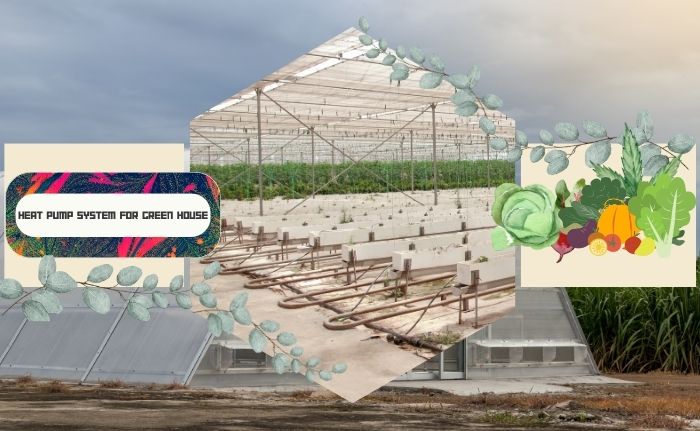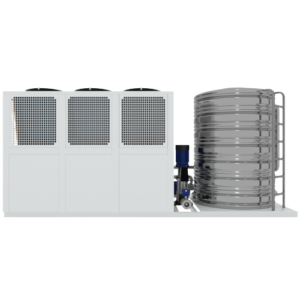
Heat pumps working principle in the greenhouse
A greenhouse is a valuable tool for any farmer or gardener looking to extend their growing season and protect their plants from harsh weather conditions. However, maintaining a consistent temperature inside a greenhouse can be a challenge, especially during extreme weather conditions. This is where a heat pump comes in handy.
A heat pump is an energy-efficient heating and cooling system that can be used to regulate the temperature inside a greenhouse. It works by extracting heat from the air or ground outside the greenhouse and transferring it inside to warm the space during the winter. During the summer, the heat pump can reverse the process and extract heat from inside the greenhouse and release it outside to cool the space.
One of the main benefits of using a heat pump in a greenhouse is that it can provide consistent temperature control throughout the year. This is important because plants require a specific temperature range to grow and thrive. If the temperature inside a greenhouse fluctuates too much, it can cause stress to the plants and even damage them. By using a heat pump, farmers and gardeners can ensure that their plants are kept at a consistent temperature, regardless of the weather conditions outside.
Another benefit of using a heat pump in a greenhouse is that it is an energy-efficient solution for heating and cooling. Heat pumps use electricity to transfer heat, rather than generating heat through combustion like traditional heating systems. This means that they can provide the same amount of heating or cooling with less energy, resulting in lower energy bills and reduced carbon emissions.
So how do heat pumps work for cooling and heating? There are two main types of heat pumps: air-source and ground-source. Air-source heat pumps work by extracting heat from the air outside the greenhouse and transferring it inside. They do this by using a refrigerant that absorbs heat from the air and then compresses it to increase its temperature. The heated refrigerant is then circulated through a coil inside the greenhouse, where it releases its heat to warm the space.
Ground-source heat pumps work in a similar way, but they extract heat from the ground instead of the air. They do this by using a loop of pipes buried underground that are filled with a water and antifreeze solution. The solution absorbs heat from the ground and is then pumped through a heat exchanger inside the greenhouse to warm the space.
Both types of heat pumps can also be used for cooling by reversing the process. Instead of extracting heat from outside or underground, they extract heat from inside the greenhouse and release it outside. This cools the space down to the desired temperature.
In summary, a greenhouse needs a heat pump to keep it warm during the winter and cool during the summer because it provides consistent temperature control and is an energy-efficient solution for heating and cooling. Heat pumps work by extracting heat from outside or underground and transferring it inside to warm the space, or extracting heat from inside and releasing it outside to cool the space. By using a heat pump, farmers and gardeners can ensure that their plants are kept at a consistent temperature throughout the year, resulting in healthier plants and higher yields.

